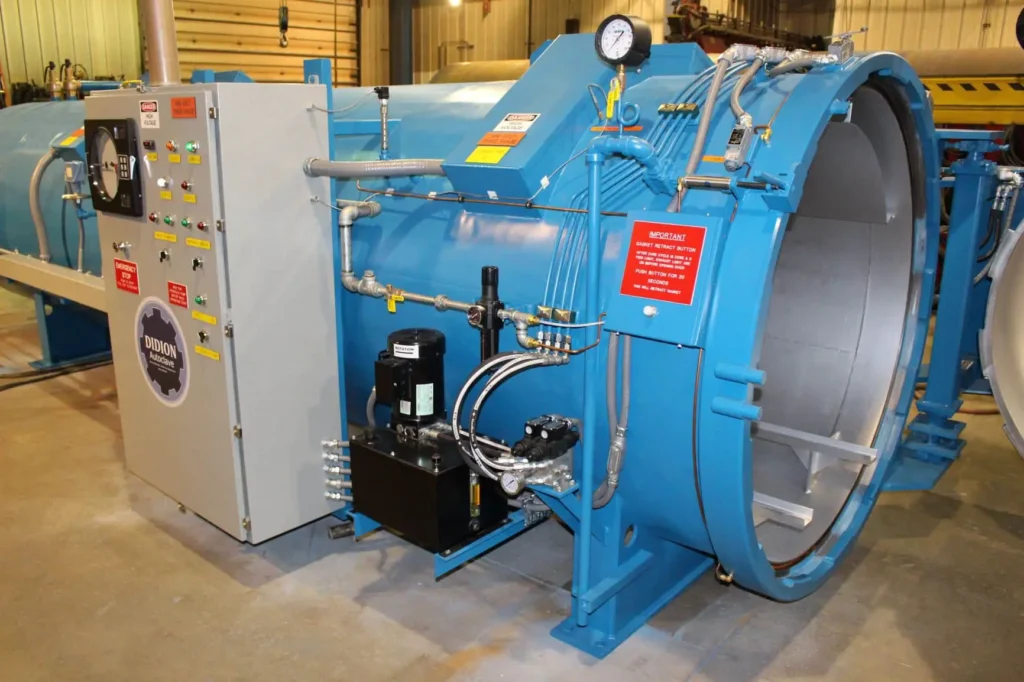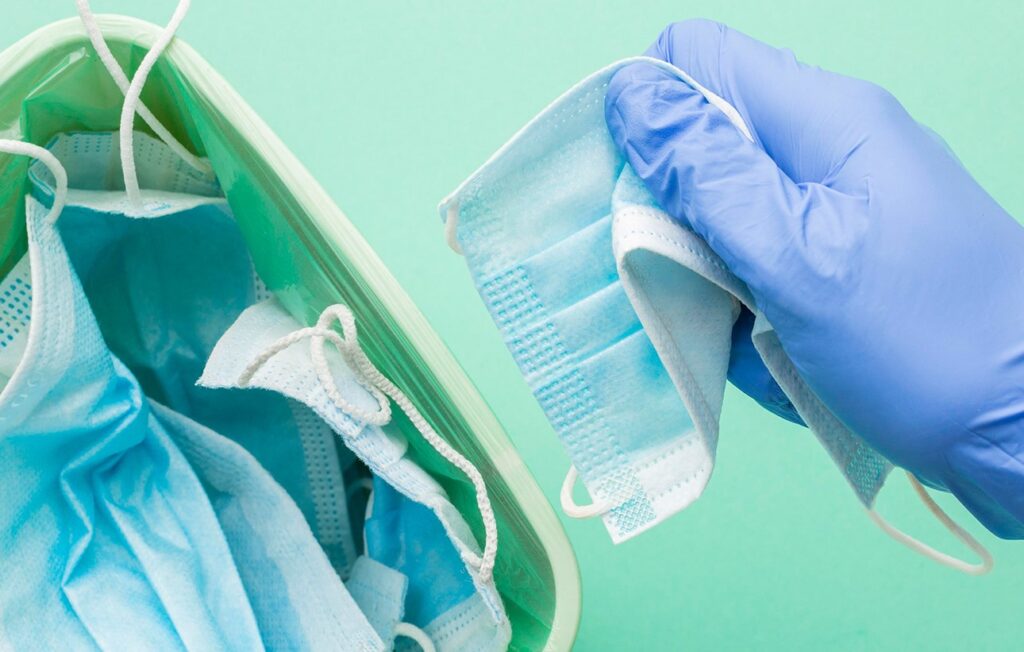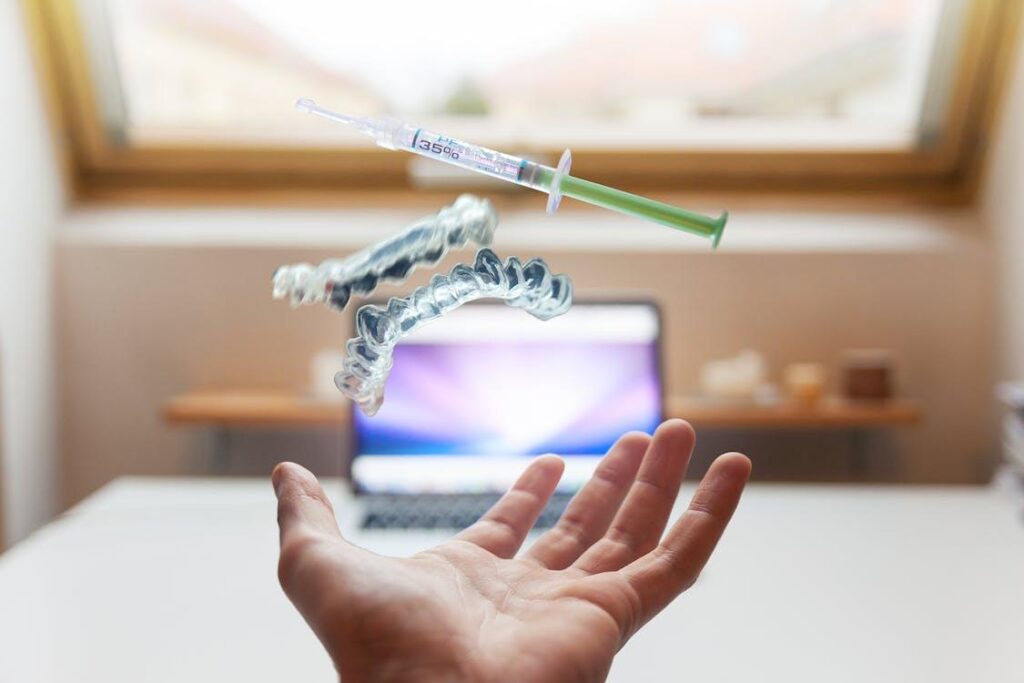How is medical waste disposed of? Proper medical waste disposal is a vital aspect of healthcare that cannot be overlooked. Every day, healthcare facilities generate a significant amount of medical waste, including used needles and materials contaminated by body fluids.
If not handled and disposed of correctly, these waste materials can pose severe threats to both public health and the environment.
In this comprehensive guide, you will learn more about some of the most popular and modern medical waste disposal methods: this article places a special emphasis on autoclaves (steam sterilizers) and medical waste shredders.
By understanding these methods and their advantages, you can contribute to a cleaner, safer world while ensuring that medical waste is managed responsibly.
The importance of responsible medical waste disposal methods
Before delving into the specifics of medical waste disposal methods, it’s essential to recognize why this process is of utmost importance. Medical waste, often teeming with infectious agents and hazardous materials, can lead to the transmission of diseases if not handled correctly.
Additionally, improper disposal can lead to environmental contamination, affecting ecosystems and communities alike. Responsible disposal is not just a legal obligation; it is a moral and ethical duty to safeguard both human and environmental health.
Autoclaves: The cornerstone of medical waste disposal methods

Autoclaves, also known as steam sterilizers, are indispensable in the field of healthcare. While their primary role is to sterilize medical equipment, they play an equally vital role in medical waste disposal.
How can medical waste be disposed of with autoclaves?
Autoclaves function by subjecting medical waste to high-pressure steam at temperatures typically between 121°C and 134°C for a specified duration. This process effectively eliminates bacteria, viruses, and other microorganisms, rendering the waste non-infectious.
This also includes heat-resistant bacteria that would otherwise resist temperatures around 100°C.
Advantages of disposing of medical waste via autoclaves
Utilizing autoclaves for medical waste disposal offers a host of advantages:
- Complete sterilization: Autoclaves guarantee complete sterilization of medical waste, eliminating the risk of infection transmission.
- Environmental responsibility: autoclaves contribute to environmentally responsible disposal with practically zero risk of harmful emissions. Some models also come equipped with advanced energy-saving systems.
- Regulatory compliance: Autoclave disposal methods align with strict regulatory standards for medical waste management.
Medical waste shredders as a disposal method: Efficiency and volume reduction
Medical waste shredders are another critical player in the realm of medical waste disposal. These machines are designed to shred medical waste into smaller, more manageable pieces, resulting in reduced waste volume.
How can medical waste be disposed of with shredders?
Medical waste shredders employ rotating blades to cut and shred waste materials efficiently. The shredded waste can then be safely incinerated or deposited in landfills, reducing overall disposal costs.
Advantages of disposing of medical waste with shredders
Medical waste shredders offer several key benefits:
- Volume reduction: Shredders significantly reduce the volume of medical waste, making transportation and disposal more cost-effective.
- Enhanced safety: Shredding minimizes the presence of sharp objects in waste, reducing the risk of injuries during handling.
- Efficient destruction: Sensitive information can be securely destroyed through shredding.
- Regulatory compliance: The use of medical waste shredders aligns with established waste disposal regulations.
Combining autoclaves and shredders for optimal medical waste disposal

In some healthcare settings, a combination of autoclaves and medical waste shredders is employed to maximize efficiency. Autoclaves sterilize the waste, while shredders reduce its volume, making it easier to handle and dispose of. You can learn more about this biomedical waste disposal method by clicking the celitron.com link.
Cost Considerations
Cost considerations are pivotal for healthcare facilities when choosing the most suitable medical waste disposal method. The financial implications of these choices can significantly impact the overall budget. Understanding these costs ensures that healthcare providers can make informed decisions without compromising patient safety or environmental responsibility.
- Incineration Costs: Incineration, while effective, can be expensive due to the energy required to burn medical waste at high temperatures. Additionally, there may be costs associated with air pollution control equipment and compliance with environmental regulations.
- Landfill Costs: Landfill disposal may seem cost-effective upfront, but it can lead to long-term expenses, including site maintenance and potential environmental cleanup costs if contamination occurs.
- Autoclave and Shredder Costs: While autoclaves and shredders have upfront equipment costs, they often offer long-term savings. Autoclaves reduce the volume of waste, minimizing transportation and disposal costs. Shredders reduce waste volume, making it cost-effective to transport and dispose of the shredded material.
Environmental Impact
The environmental impact of medical waste disposal cannot be understated. Traditional methods like incineration and landfill contribute to pollution and resource depletion. In contrast, autoclaves and shredders have a more eco-friendly footprint.
- Landfill Impact: Landfill disposal can contaminate soil and water if not managed properly, posing risks to ecosystems and communities.
- Incineration Impact: Incineration releases greenhouse gases and pollutants into the air, contributing to air pollution and climate change.
- Autoclaves and Shredders: Autoclaves sterilize waste, rendering it non-infectious, and shredders reduce volume. This reduces the environmental burden by minimizing the need for landfills and incineration.
Regulatory Challenges
Healthcare facilities must navigate a complex web of regulations when it comes to medical waste disposal. Compliance with local, state, and federal regulations is crucial to avoid legal and financial repercussions.
- Stringent Regulations: Regulations governing medical waste disposal are often stringent due to the potential health and environmental hazards. Facilities must stay updated on these regulations to ensure compliance.
- Documentation and Reporting: Healthcare facilities may need to maintain meticulous records, report waste generation, and demonstrate adherence to disposal standards.
Emerging Technologies
The field of medical waste disposal is continually evolving. Emerging technologies and innovative methods offer promising solutions for the future.
- Microwave Disinfection: Microwave-based technologies are emerging as an environmentally friendly alternative to traditional methods. They can disinfect medical waste while reducing environmental impact.
- Chemical Treatment: Some innovative methods use chemical processes to neutralize hazardous waste components safely.
Conclusion

Medical waste disposal is a critical aspect of healthcare that directly impacts public health and environmental sustainability. Autoclaves and medical waste shredders are two essential methods for achieving safe, efficient, and eco-friendly medical waste disposal.
By understanding these methods and their numerous advantages, healthcare facilities, and professionals can fulfill their responsibilities to both their patients and the planet. Implementing responsible medical waste disposal practices ensures a safer and healthier future for all.







